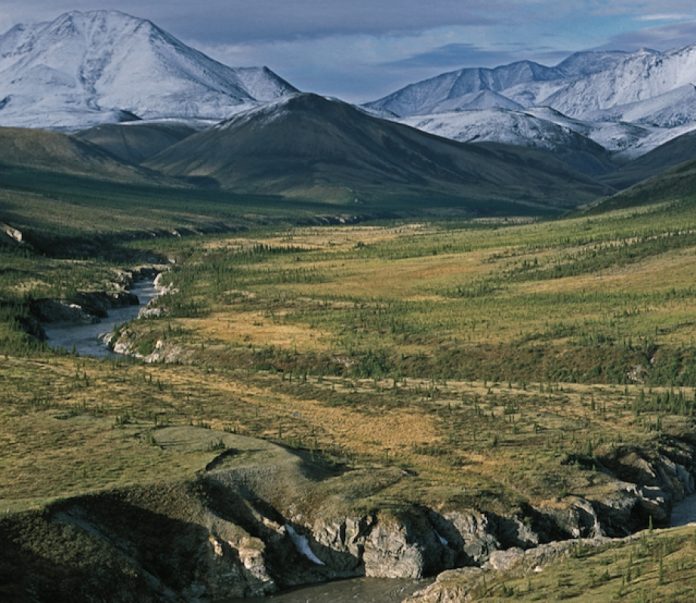For seven years we’ve been exposing other people’s secret whitewater stashes to the world. We’ve been providing detailed directions to park and play hotspots to the dismay of locals everywhere. Under the protective cloak of servicing the greater good for all paddlers, we’d ferret out a mole and buy their soul for 20 cents a word, sometimes less. Here is mine on a platter.
Hass Hole is our local playspot, one that has, until now, mysteriously escaped editorial coverage. Getting to Hass Hole (sounds like ass hole, not hoss hole) is like trying to find Smurf Village. Take the first left past the pancake house. At the fork in the road, go left. Drive past the dark and evil cedar swamp and over the one-lane wooden bridge crossing Snake Creek. At the mailbox marked Hass turn left down the dusty lane to the farm. Signs on fence posts read, “This is our land. Government BACK OFF.” If your car quits, just leave it.
This has been Hass land since the beginning of time. Dogs are chained to old cars. When the dogs bark at you Clifford or Freida Hass will emerge from the tiny farmhouse surrounded by lawn ornaments and geranium pot planters. A long chat about the weather and $2.50 per paddler later you’re 4x4ing
down the unmarked lane through an automotive graveyard of burned-out pickups and rusty trailers. More than one group of paddlers has made it this far, never to reach the river and Hass Hole.
Hass Hole is part of Island Rapids, the first set on the Lower Madawaska River run, a section of river that is without question the most popular whitewater canoe day trip in Canada. The canoe-tripping boy scout’s black hole of death is Hass Hole proper, a six-foot wide cartwheel and loop spot of a pourover. The more-often paddled wave behind Hass Hole is a small breaking wave that anyone can surf. Beginners take bigger and bigger surfs out to the middle where the five-foot-high vertical wave tubes and crashes.
Don’t listen to anyone who says the water is too high to paddle at Hass Hole. Locals know that at high water the lovely Ms. April makes an appearance above Hass Hole. Put even more water in the Madawaska and turn the page to the middle of the river to a feature known as Centrefold. One peek at the walls inside the hunter’s cabin and you’ll know where Ms. April and Centrefold get their names—not to mention that one forms in April and the other is a breaking wave that folds perfectly on itself in the centre of the river—centrefold. Cheeky but clever, wouldn’t you agree?
Details, details…
WHO SHOULD PADDLE THERE?
Everyone. It is a class III rapid with first-class play. The pool below is an easy swim to shore.
PAY TO PLAY
Stop and pay at the farmhouse. $2.50 is cheap for the convenience. Not to mention that Cheryl Gallant was the only Alliance Party M.P. elected in Ontario, some say on opposition to the gun registry alone.
WHEN TO GO:
From ice-out in March until the middle of June (usually). Come again in wet autumns. Check with Ontario Power Generation www.opg.com for Kaminiskeg Lake (Palmer Rapids) Dam output levels. Anything above 65 cms is enough.
WHEN NOT TO GO
During deer hunting season. It’s their only holiday and they’re using the cabin.
HOW TO GET THERE
The Madawaska River is located three hours northeast of Toronto and two hours west of Ottawa. Buy a map. Nolet’s Pancake House is on Highway 28, east of Hardwood Lake. Turn north onto Bruceton Road just east of Nolet’s. Left at the fork. Cross the bridge. Left at the first driveway on left. Stop at farm. Keep on the main laneway about two kilometres to the river. Good luck.
STUPIDEST QUESTION EVER ASKED TO CLIFFORD HASS.
“Think my car will make it back up the lane?” It didn’t.
 This article first appeared in the Early Summer 2005 issue of Rapid Magazine. For more great content, subscribe to Rapid’s print and digital editions here.
This article first appeared in the Early Summer 2005 issue of Rapid Magazine. For more great content, subscribe to Rapid’s print and digital editions here.



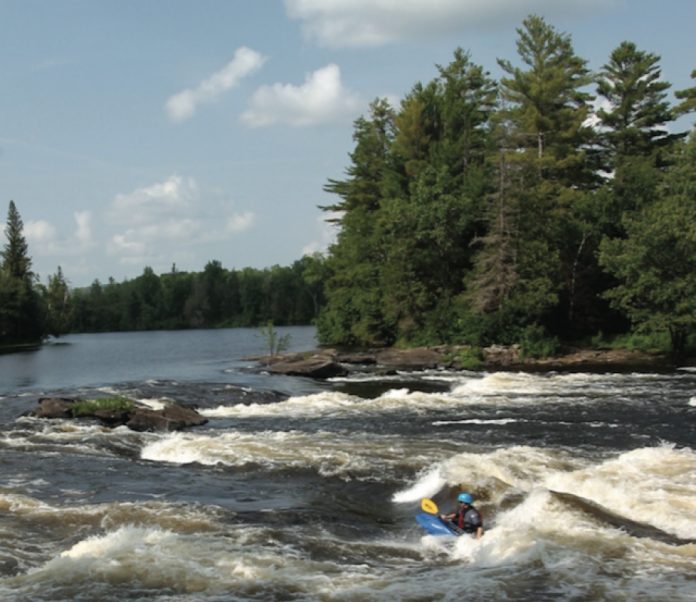
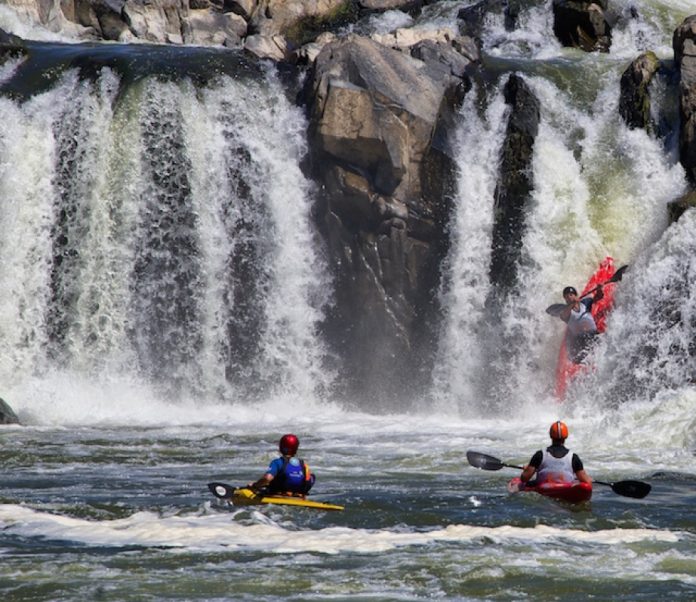

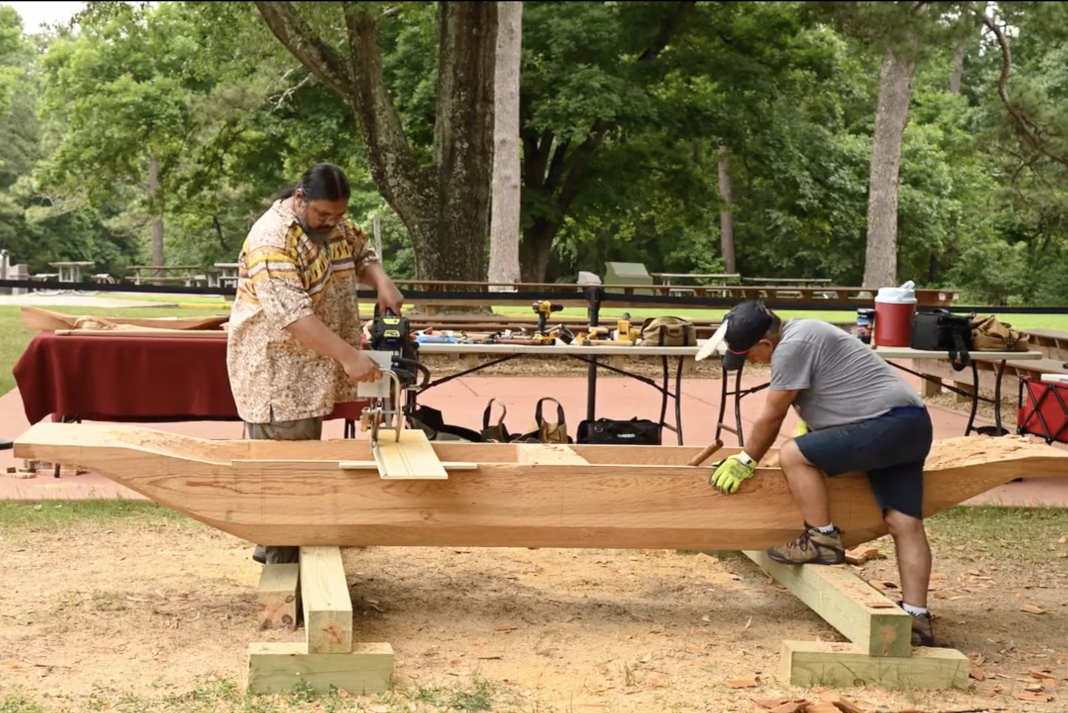
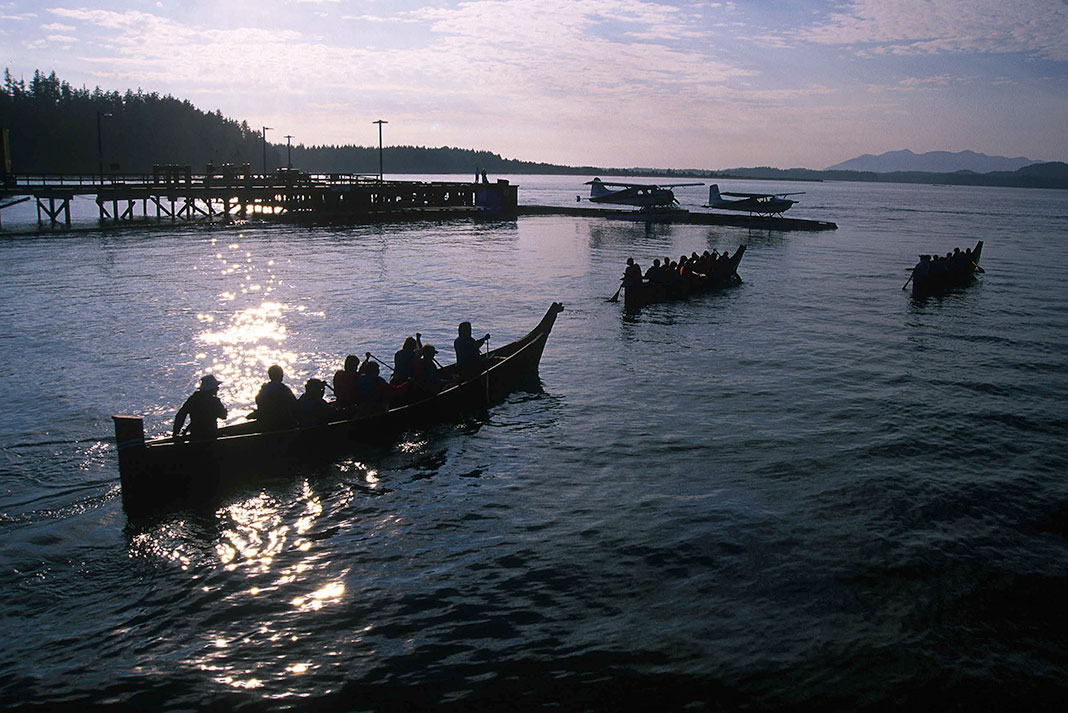


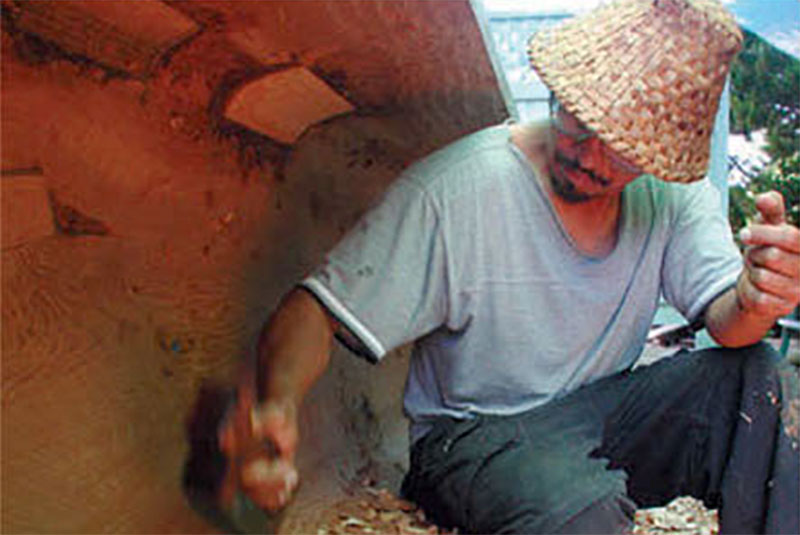
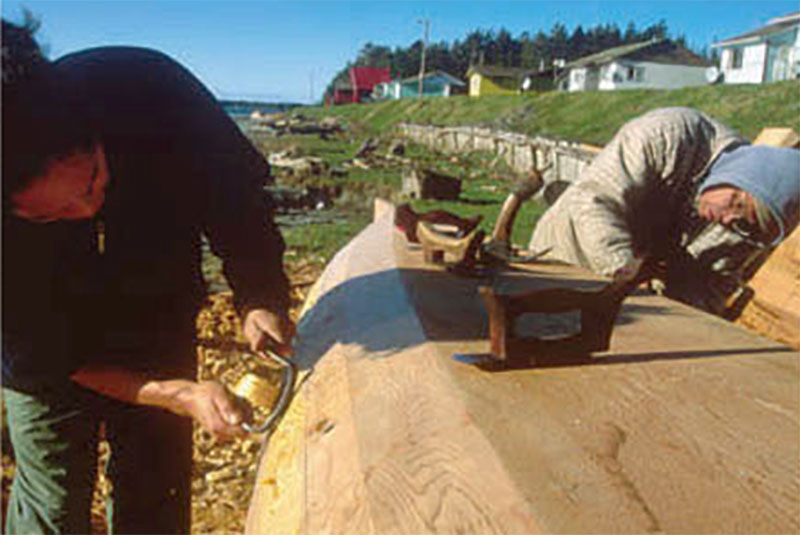

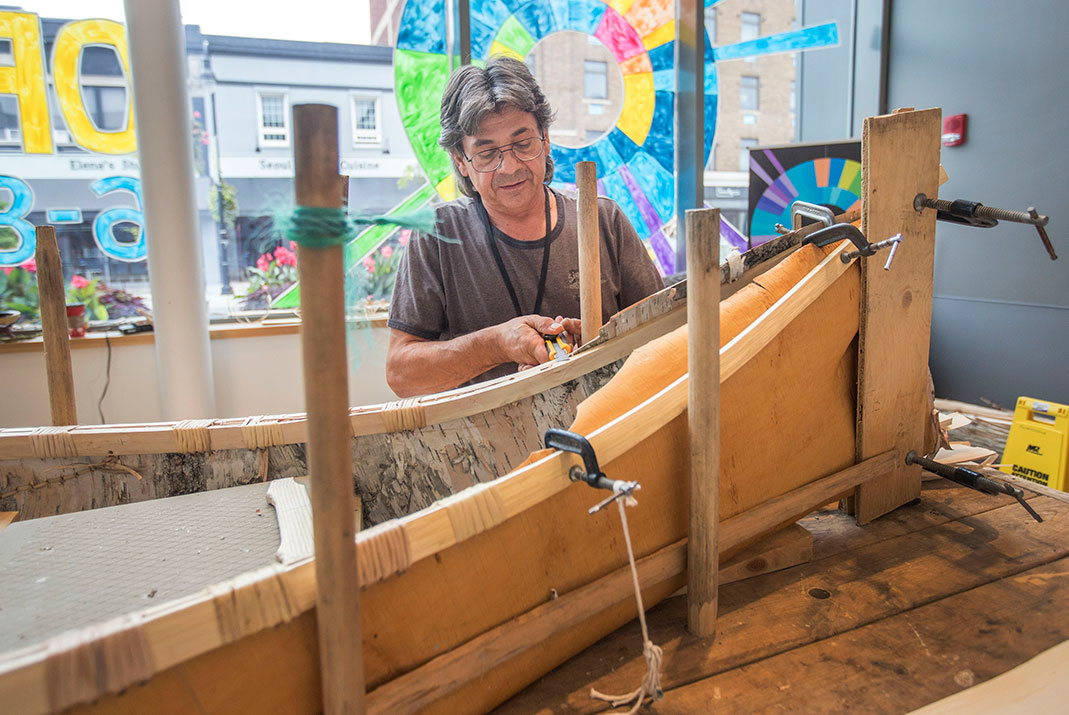
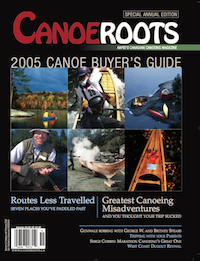 This article was first published in the Summer 2005 issue of Canoeroots Magazine.
This article was first published in the Summer 2005 issue of Canoeroots Magazine. 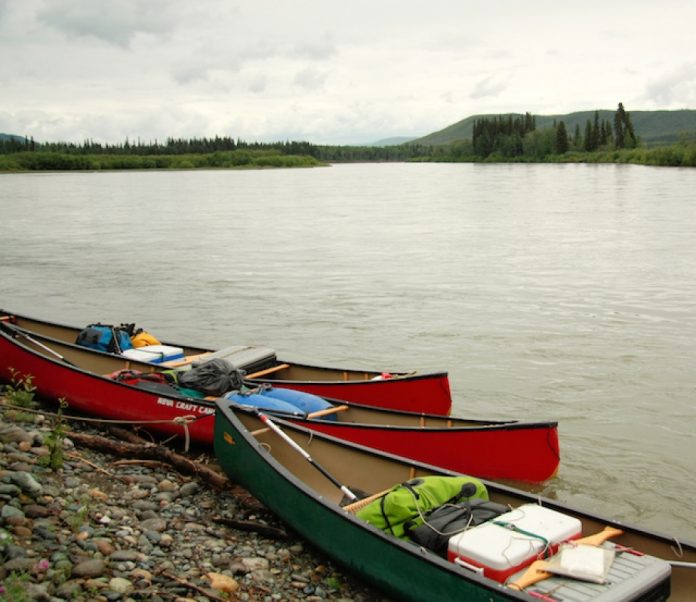
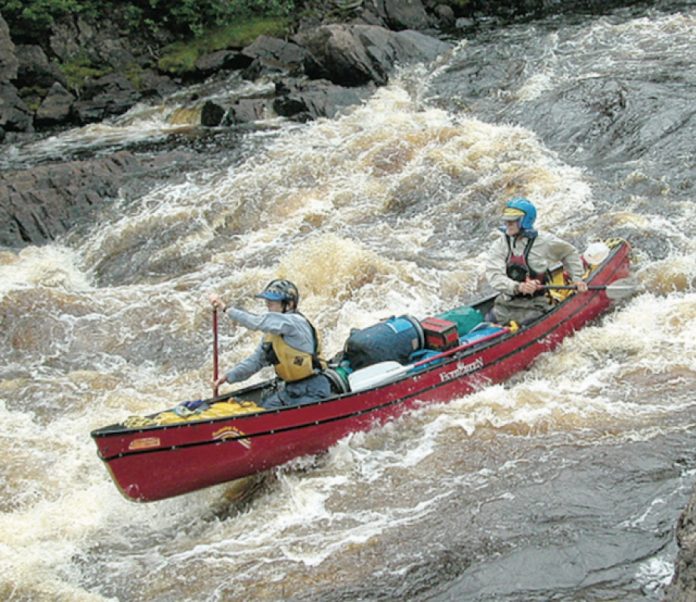
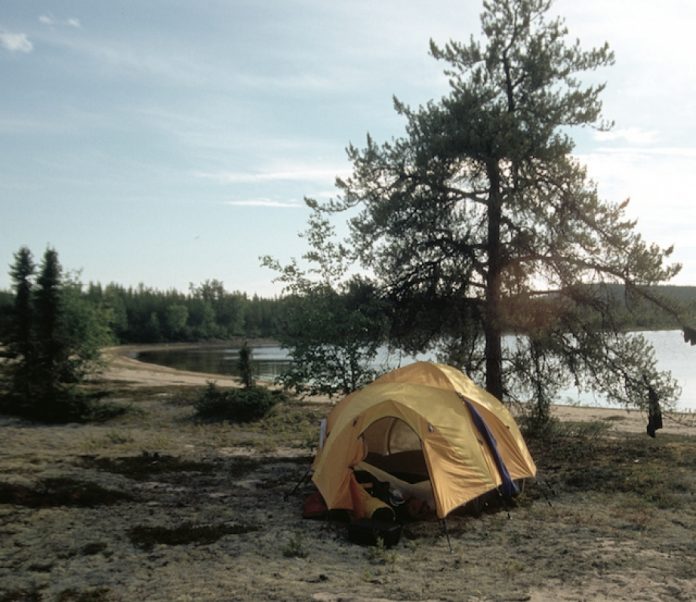
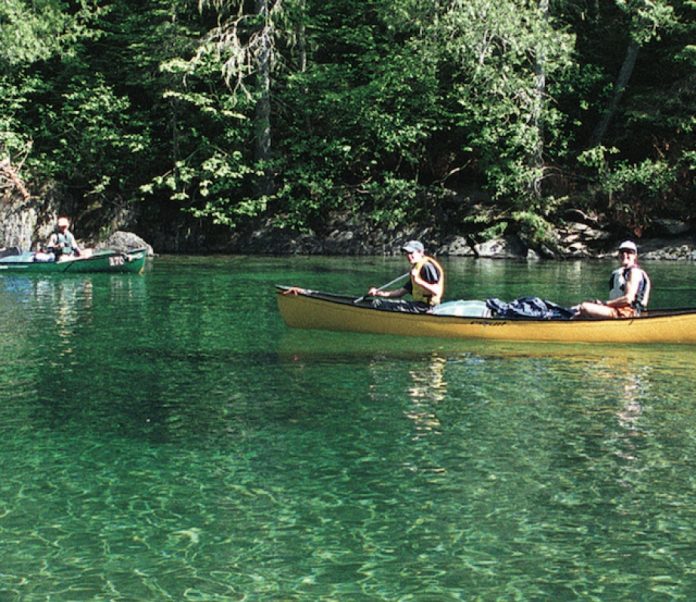
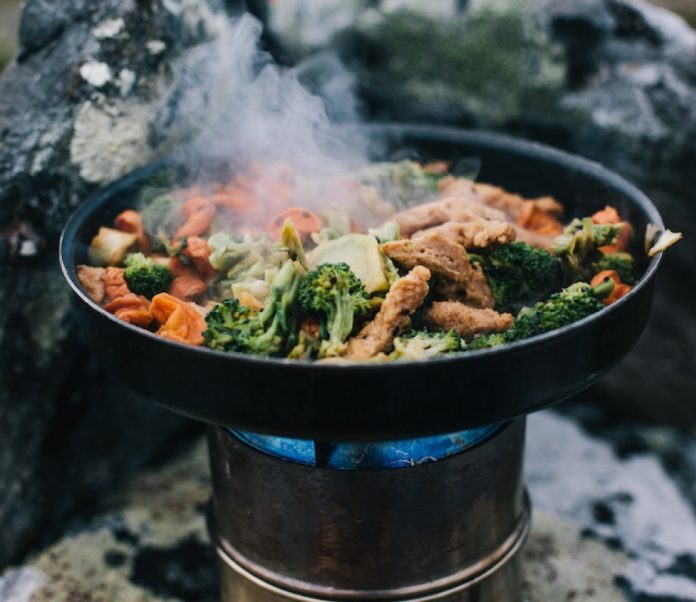
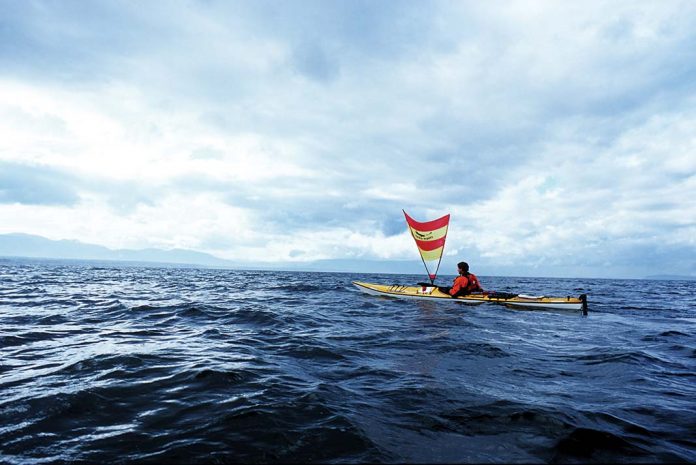
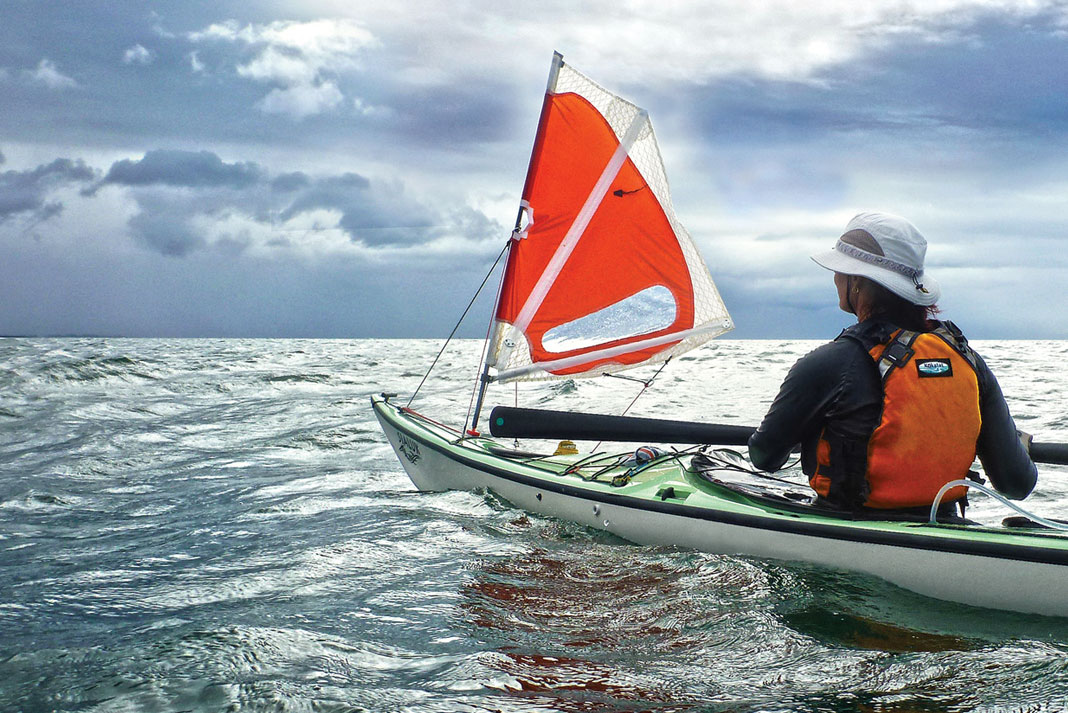

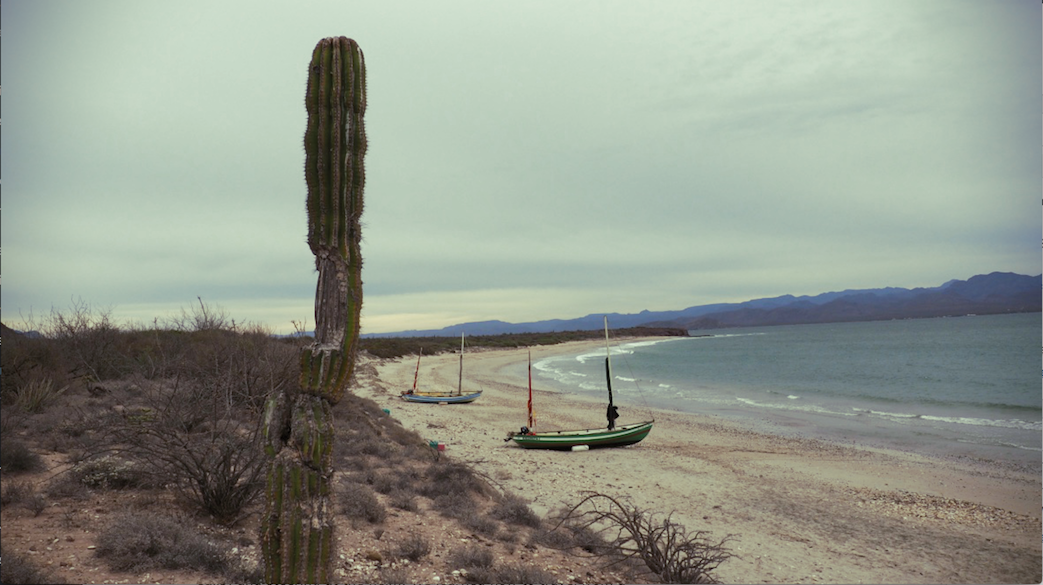
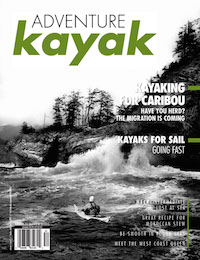 This article was first published in the Early Summer 2005 issue of Adventure Kayak Magazine.
This article was first published in the Early Summer 2005 issue of Adventure Kayak Magazine. 